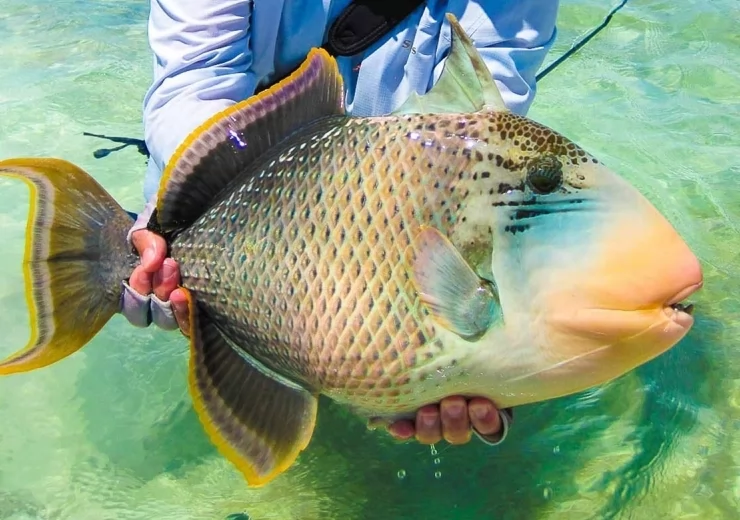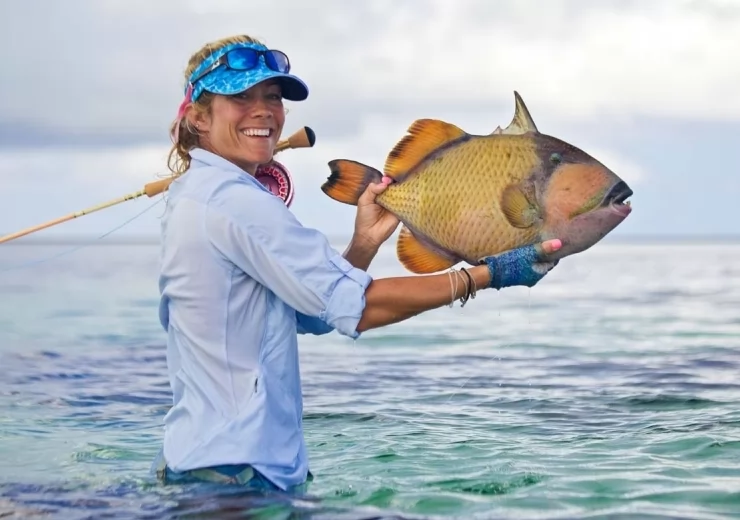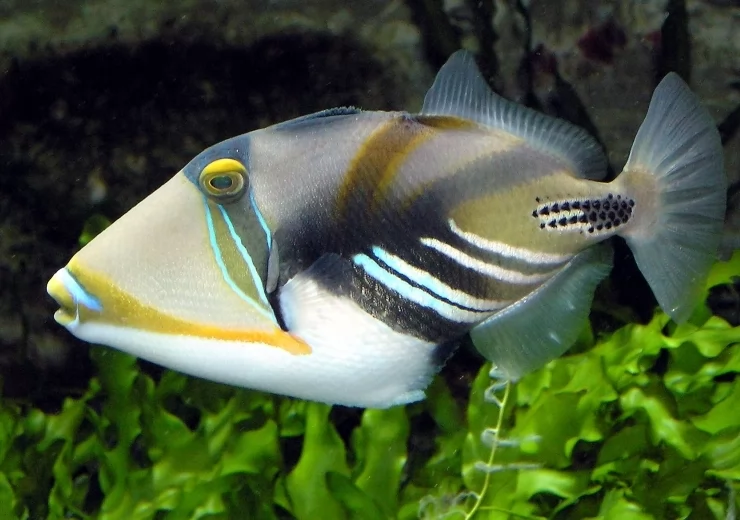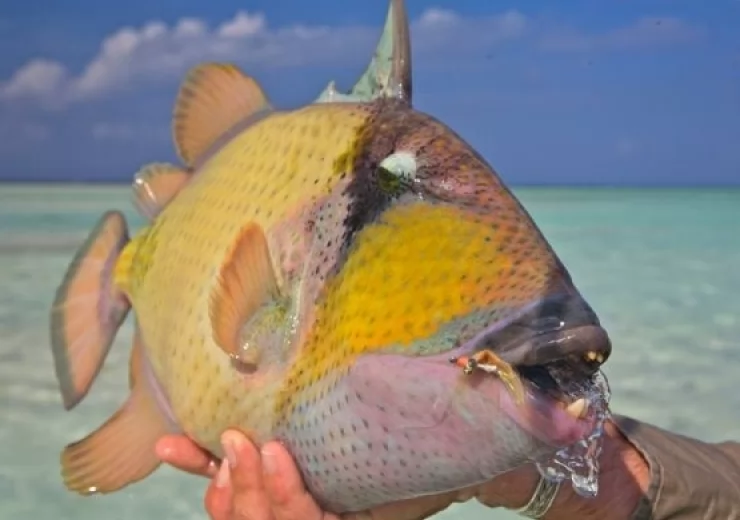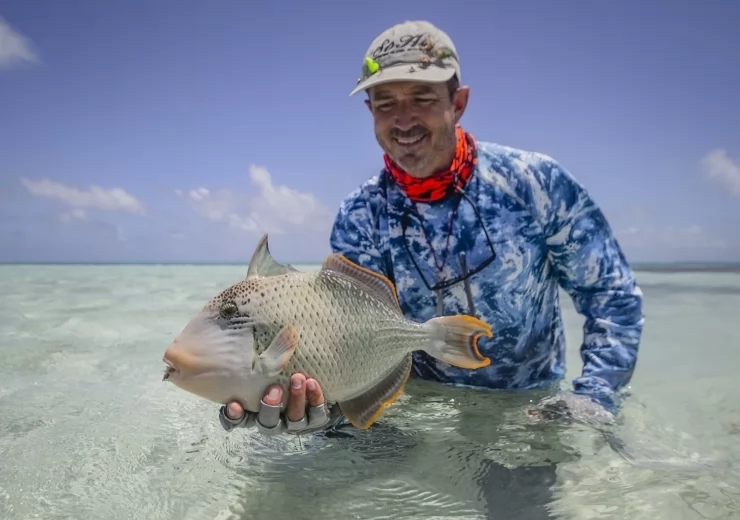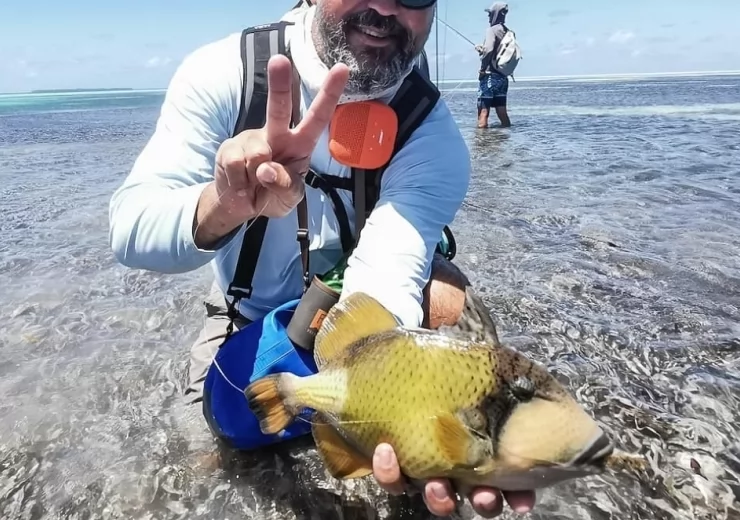INTRODUCTION
Triggerfish
Triggerfish are about 40 species of often brightly colored fish of the family Balistidae. They inhabit tropical and subtropical oceans throughout the world, with the greatest species richness in the Indo-Pacific. There are three main species of triggerfish; the yellowmargin triggerfish, the moustache triggerfish and the Picasso triggerfish; all equal in beauty and challenge!
The yellowmargin triggerfish (Pseudobalistes flavimarginatus) comprises of an array of colours. It has a tan body with dark spots, orange margins in the fins and a pale orange snout and cheeks. Is also known as the Yellowface Triggerfish, Yellow Margin Trigger or Pineapple Trigger. They can grow up to 60cm in length and feed on a variety of live coral, algae, sea squirts, crabs, molluscs and other fish. The Yellow Margin is characterized by its tan body with dark spots, orange margins in the fins and pale orange snout and cheeks.
The moustache triggerfish (Balistoides viridescens) is the most commonly caught triggerfish. It’s appropriately named as it boasts a very prominent dark line above its top lip, resembling a moustache. The rest of the body is mostly yellow with orange fins edged with black lines. Is also known as the White-banded Triggerfish, Lagoon Triggerfish, Reef Triggerfish, Blackbar Triggerfish, Hawaiian Triggerfish, Huma Huma Triggerfish or Humu Picasso Triggerfish. This species only grows up to 25cm in length and they predominantly feed on molluscs, small shrimp and crustaceans. The Picasso is identified also by a tan body but with the addition of distinctive black and blue lines across the face and body. The Picasso Triggerfish is the official Hawaiian state fish where it is known as Humuhumunukunuku apua’a or humu humu for short.
The Picasso triggerfish (Rhinecanthus aculeatus) might be the smallest out of the three but definitely tips the scale in the looks department with its striking yellow lined lips, electric blue forehead and black and white markings along the body. Is also known as the Titan Triggerfish Bluefin Triggerfish, Blue-and-gold Triggerfish, Dotty Triggerfish and Giant Triggerfish. Found in lagoons and reefs, these Triggerfish can grow up to 75cm in length and feed on a variety of algae, live coral, sea urchins, molluscs and crabs. The Moustache is the largest and most aggressive of the Triggerfish and due to their strong teeth and being ciguatoxic, they can inflict some very serious injuries.
Triggerfish are not afraid of shallow water. This makes them extremely desirable to fly fishermen and the allure of targeting feeding, tailing fish is very appealing. Accordingly, the best tides to target triggers are around the low tide cycle.

